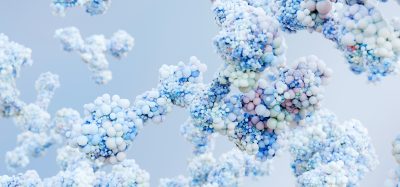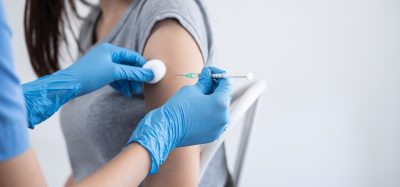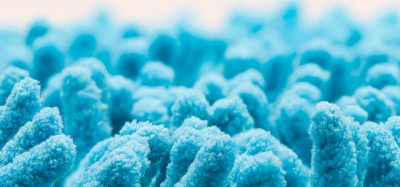Mapped protein structure of Hepatitis C could lead to vaccine
Posted: 25 October 2022 | Izzy Wood (Drug Target Review) | No comments yet
Scripps scientists have mapped the protein structure of the Hepatitis C virus, paving the way for an effective vaccine.


A team of scientists at Scripps Research, US and the University of Amsterdam, Netherlands has achieved an important goal in virology: mapping critical proteins, at high resolution, that stud the surface of the Hepatitis C virus (HCV) and enable it to enter host cells.
In the study, reported in Science, the researchers found that they could use a combination of three broadly neutralising anti-HCV antibodies to stabilise the E1E2 complex in a natural conformation.
Neutralising antibodies are able to protect against a broad range of viral strains, by binding to relatively non-varying sites on the virus in ways that interrupt the viral life cycle. HCV infects liver cells, typically establishing a “silent” infection for decades until liver damage becomes severe enough to cause symptoms. It is a leading cause of chronic liver disease, liver transplants and primary liver cancers. Currently, HCV antiviral drugs are effective but far too expensive for large-scale treatment.
The researchers imaged the antibody-stabilised protein complex using low-temperature electron microscopy. With the help of advanced image-analysis software, they were able to generate an E1E2 structural map of unprecedented clarity: at near-atomic scale resolution.
“The E1E2 complex is very flimsy — it is like a bag of wet spaghetti, always changing its shape — and that is why it has been extremely challenging to image at high resolution,” said co-first author Dr Lisa Eshun-Wilson, a postdoctoral research associate at Scripps Research.
Details included most of the E1 and E2 protein structures, including the key E1/E2 interface and the three antibody-binding sites. The structural data also illuminated the thicket of sugar-related “glycan” molecules atop E1E2.
Viruses often use glycans to shield themselves from the immune system of an infected host, but in this case, the structural data showed that HCV’s glycans have another key role: in helping to hold the flimsy E1E2 complex together.
Having these details of E1E2 will helped researchers design a vaccine that powerfully elicits these antibodies to block HCV infection.
“This long sought-after structural information on HCV puts a wealth of previous observations into a structural context and paves the way for rational vaccine design against this incredibly difficult target,” said study co-senior author Dr Andrew Ward, professor in the Department of Integrative Structural and Computational Biology at Scripps Research.
“The structural data also should allow us to discover the mechanisms by which these antibodies neutralise HCV,” said co-first author Dr Alba Torrents de la Peña, a postdoctoral researcher in Ward’s lab.
Related topics
Protein, Structural Biology, Targets, Vaccine
Related conditions
Hepatitis C
Related organisations
The Scripps Research Institute, University of Amsterdam
Related people
Dr Andrew Ward, Dr Lisa Eshun-Wilson








